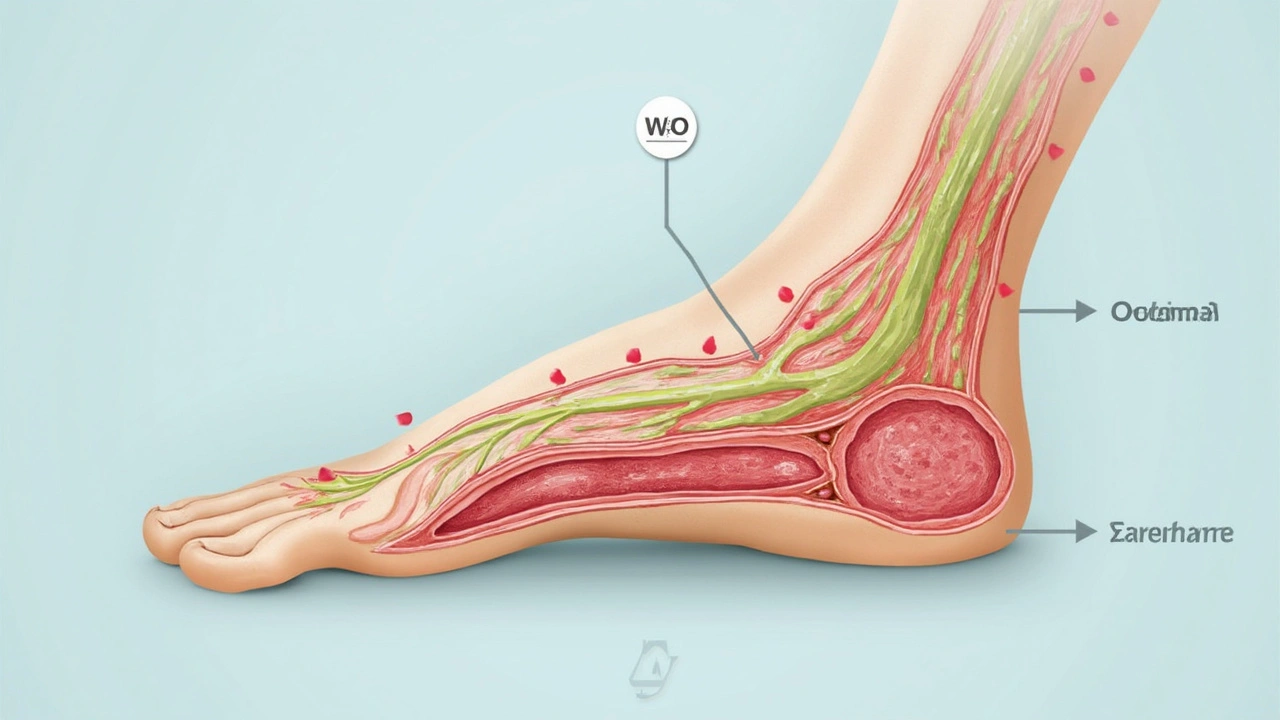Causes – How to Spot What Triggers Your Health Issues
Ever wonder why you get a headache after a long meeting, or why a skin rash flares up every spring? The answer usually lies in the cause – the hidden trigger that sets off the symptom. Figuring out that cause is the first step toward feeling better and staying healthy.
Most health problems don’t have a single, neat explanation. They’re a mix of things you can see (like a poor diet) and things you can’t (like a gene you inherited). When you know the mix, you can change the parts you control and work with the rest.
Common Types of Causes
Lifestyle choices: What you eat, how much you move, and how many hours you sleep all shape your body’s response. Too much sugar can spike blood sugar, while lack of sleep can worsen stress‑related aches.
Genetics: Some people inherit a higher risk for conditions like arthritis or high cholesterol. You can’t change your DNA, but you can plan around it – regular check‑ups and smart lifestyle tweaks help.
Environment: Air quality, temperature, and even the pollen count can provoke asthma, allergies, or skin irritation. Keeping an eye on the forecast can stop a flare before it starts.
Infections & medications: A simple cold can trigger a migraine, and certain drugs can cause side effects that mimic other diseases. Knowing which meds you’re on and how they interact makes a huge difference.
How to Pinpoint the Real Cause
Start a simple log. Write down when a symptom appears, what you ate, how you slept, and any stressors that day. After a week, patterns usually pop up – maybe you notice headaches after too much caffeine or joint pain after a heavy grocery run.
Don’t ignore the small stuff. A new detergent, a change in your workout routine, or a shift in your work schedule can be the hidden culprit. Talk to a pharmacist or doctor about any new meds; they can tell you if a side effect matches what you’re feeling.
If you suspect a genetic link, ask for a family health history. Knowing that a parent had high blood pressure or diabetes can prompt early screening and preventive steps.
Why Knowing the Cause Helps Treatment
When you know the trigger, treatment becomes targeted. Instead of taking a drug that masks pain, you might cut back on caffeine, improve your sleep hygiene, or switch to a hypo‑allergenic soap. Targeted changes often work faster and have fewer side effects.
Doctors also rely on cause info to choose the right medication. For example, if stress sparks your migraines, a doctor might suggest stress‑management techniques alongside meds, rather than increasing the dosage alone.
Finally, understanding causes empowers you. It turns a vague feeling of “something’s wrong” into a clear action plan. You’ll know when to seek professional help and when a simple habit tweak will do the trick.
Ready to explore specific causes for common conditions? Browse our articles below – from stress‑linked dyskinesia to diet’s impact on rheumatoid arthritis – and start taking charge of your health today.
-
24
When fluids accumulate in body tissues, it leads to oedema, a condition that can cause swelling and discomfort. Venous insufficiency, a common cause, occurs when veins struggle to send blood from the limbs back to the heart. This article explores why this happens, what symptoms to watch for, and how it can be managed. We'll delve into practical tips and treatment options that might ease the burden of this common issue.

